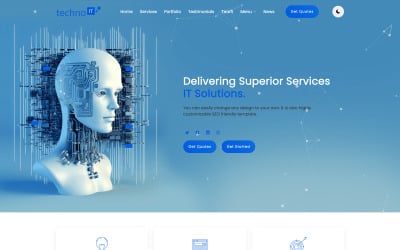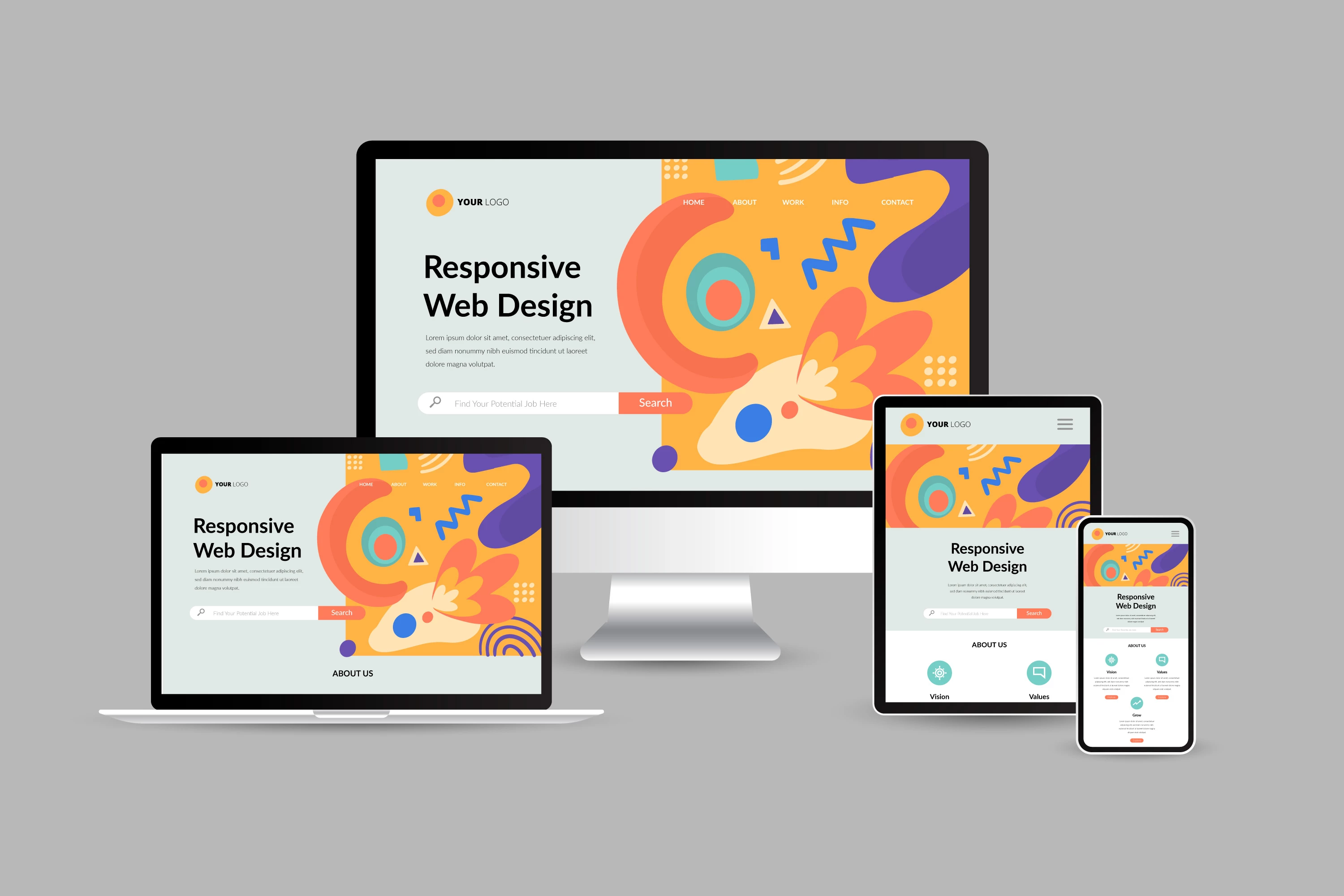The Power of User-Centered Website Style in Expanding Your Online Target Market
Efficient design principles-- such as intuitive navigation and accessibility-- are crucial in cultivating individual satisfaction and loyalty. What strategies can organizations embrace to ensure their layouts reverberate with customers and eventually drive growth?

Understanding User-Centered Design
User-Centered Design (UCD) is a fundamental approach to website growth that focuses on the demands, choices, and habits of end individuals throughout the style procedure. This approach highlights understanding customers deeply-- with research approaches such as interviews, studies, and functionality screening-- to develop an internet site that reverberates with them. By integrating user feedback at every phase, designers can guarantee that the final product lines up closely with user assumptions.
UCD advertises repetitive design, where models are tested and improved based on individual interactions and experiences. This cycle not just improves usability yet likewise fosters a feeling of possession among users, as they feel their input is valued and impactful. In addition, UCD helps determine potential barriers and pain factors in the individual journey, enabling designers to deal with these obstacles proactively.
Ultimately, accepting UCD brings about web sites that are more user-friendly, interesting, and efficient. By putting customers at the center of the layout process, companies can develop digital experiences that not just attract however also maintain their target market, driving greater contentment and loyalty. In a competitive on the internet landscape, this method is vital for attaining continual success.
Trick Principles of Individual Experience
An effective user experience (UX) depends upon a number of essential concepts that lead the layout process and enhance communication between users and the site. Primarily, functionality is extremely important; the site should be intuitive, permitting customers to browse easily and discover information quickly. This includes clear labeling and a rational framework that lessens cognitive tons.
Secondly, availability plays a crucial duty in ensuring that all users, regardless of their disabilities or capacities, can properly engage with the site. Including alt message for images, keyboard navigating, and screen reader compatibility promotes inclusivity.
Consistency is an additional crucial concept. A cohesive layout language, from color design to typography, assists individuals build knowledge and count on with the web site (Website Design). It likewise reinforces brand name identity
Furthermore, comments mechanisms are important. Individuals ought to receive prompt and clear reactions to their actions, whether via visual cues or verification messages, which improves their confidence in browsing the site.
Lastly, mobile responsiveness can not be overlooked. With an enhancing variety of individuals accessing sites via mobile tools, a style that adapts effortlessly to different display sizes is critical for keeping a positive customer experience.

Benefits for Online Engagement
Reliable online involvement provides numerous advantages that can substantially enhance a website's total performance - Website Design. By fostering significant communications between users and the internet site, organizations can cultivate a devoted audience that returns with consistency. Engaged individuals are more likely to share web content, thus raising organic reach and bring in new site visitors through word-of-mouth promo
Enhanced online involvement also causes improved individual contentment. When users discover an internet site that resonates with their needs, they are much more likely to discover its offerings thoroughly, which can bring about higher conversion prices. Furthermore, appealing web content urges users to spend even more time on the website, reducing bounce rates and favorably affecting online search engine ranking algorithms.
In addition, effective interaction provides vital insights into user preferences and habits (Website Design). By examining customer communications, companies can tailor their material and style approaches to fulfill the evolving expectations of their audience. This flexible strategy not just increases engagement however also reinforces the brand's online reputation as user-centric and receptive
Eventually, prioritizing online interaction with user-centered design develops a growing environment where both the company and the target market benefit, causing continual more development and success in the electronic landscape.

Strategies for Reliable Design
To optimize the advantages of online involvement, employing particular methods in website design is vital. Instinctive navigating is crucial; customers need to easily locate details without complication. A well-structured food selection, clear tags, and a sensible pecking order improve the individual experience and reduce bounce prices.
2nd, receptive style is vital in today's multi-device atmosphere. Ensuring that a site adapts seamlessly to various display sizes fosters accessibility, therefore suiting a wider audience. This flexibility not just improves customer fulfillment but additionally favorably impacts search engine positions.
Third, making use of visual hierarchy overviews individuals' attention to essential components, such as contact us to action (CTAs) Using contrasting shades, varying font dimensions, and calculated spacing can efficiently route individuals toward wanted actions, facilitating better interaction.
Additionally, applying constant branding throughout all pages develops count on and acknowledgment. A cohesive shade plan, typography, and images enhance brand identification and produce an expert appearance.
Finally, optimizing loading rates is necessary. Users are less most likely to engage with a slow-loading website, making performance optimization an essential element of reliable design. By including these techniques, internet site designers can boost individual experience and inevitably grow their on-line audience.
Real-World Success Stories
Success tales in user-centered website style highlight the concrete advantages of prioritizing user experience. One remarkable instance is the redesign of the web site for the nonprofit organization, Charity: Water. By integrating customer responses, the organization structured navigating and stressed storytelling with impactful visuals. Consequently, they experienced a 250% rise in online donations, demonstrating exactly how an instinctive layout can drive user interaction and assistance.
An additional compelling situation is that of Airbnb, which used user-centered design principles to boost their reservation procedure. By streamlining the individual journey and integrating customized suggestions, they substantially reduced website desertion prices. This concentrate on individual experience contributed to an income growth of over 70% in a single year, underscoring the correlation in between properly designed interfaces and financial success.
Additionally, the e-commerce giant, ASOS, implemented customer screening to fine-tune their mobile app. By resolving customer pain points, they attained a remarkable 30% rise in mobile sales. These examples highlight that buying user-centered layout not only improves user satisfaction yet likewise drives tangible company results, enhancing the critical duty of individual experience in attaining on the internet development.
Conclusion
In verdict, user-centered site layout works as a vital technique for improving online audience involvement. By focusing on user requirements and choices, businesses can produce instinctive and obtainable digital experiences that cultivate Extra resources loyalty and drive conversions. The integration of customer feedback throughout the style procedure not just reduces bounce prices however additionally urges expedition. Inevitably, adopting reliable user-centered design principles can considerably add to a company's success in an affordable digital landscape.
User-Centered Style (UCD) is an essential method to site advancement that prioritizes the needs, preferences, and behaviors of end users throughout the design process. By incorporating customer responses at every phase, developers check this site out can ensure that the last item lines up very closely with user assumptions.
A successful customer experience (UX) hinges on a number of essential principles that assist the design procedure and boost interaction between users and the website.Success tales in user-centered web site layout highlight the concrete benefits of focusing on user experience. These examples highlight that spending in user-centered style not only enhances customer contentment however also drives tangible service results, reinforcing the essential duty of individual experience in achieving on-line growth.